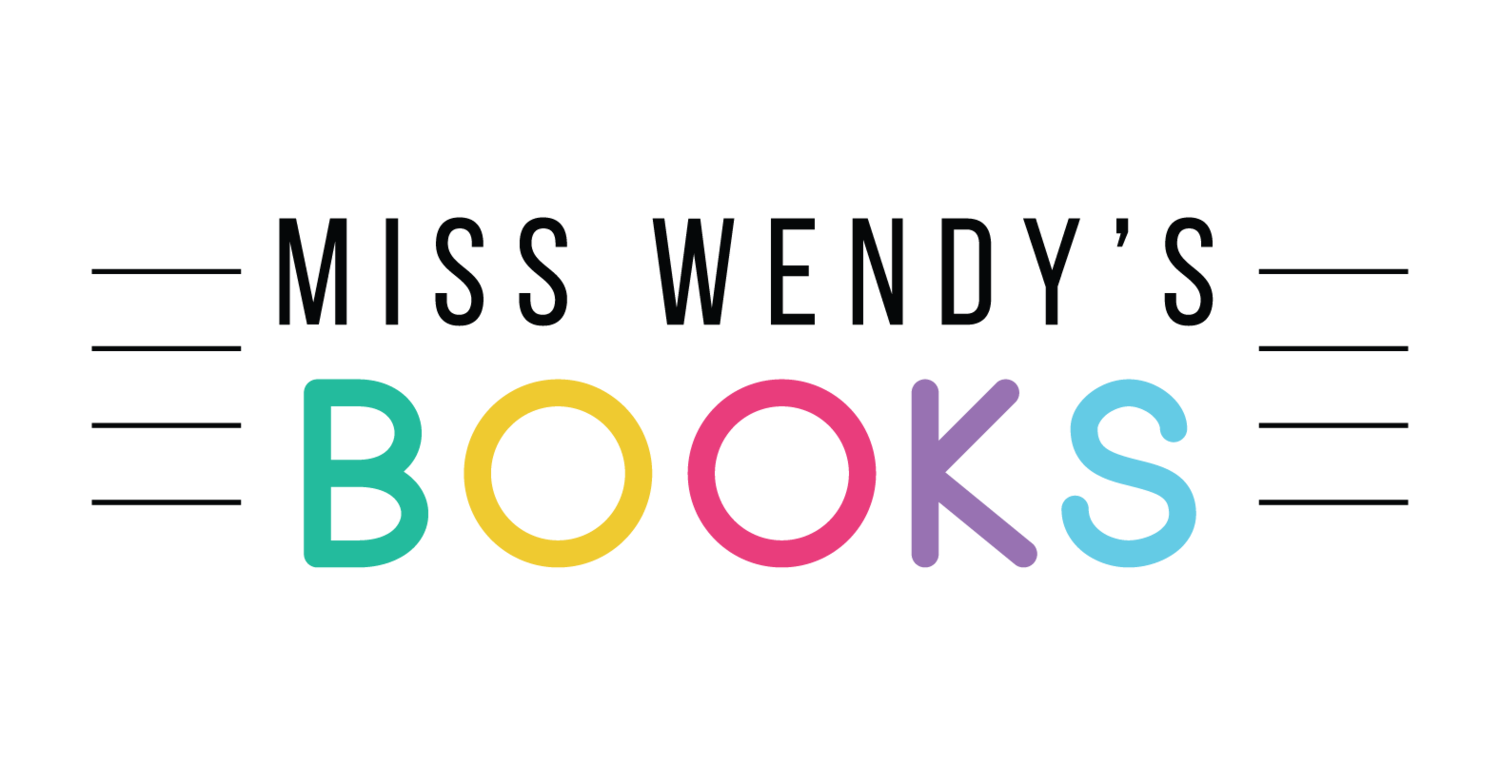FAQ
Q: How many times are we supposed to read each book before moving on to another one within the level?
A: Feel free to read and reread these books as many times as you and your child would like. It is recommended to read all six books, and then go back and reread. This will actually help his fluency and help him find his “voice” as he becomes more familiar with the storyline. In addition, he will be excited as he realizes that he remembers what is happening in the story. (“I remember this part!”) It will feel familiar—like a friend. We all tend to gravitate to the familiar; it’s comforting and enjoyable.
Q: Does the order of the books matter within the level?
A: No…simply choose whichever book appeals to you and your child that day.
Q: When do we move on to the next level?
A: When moving on from Level 1 to Level 2, be sure that your child has read all of the Level 1 books. You will also want him to reread the stories in this level if you feel that your child is still reading in an unsure or hesitant manner. As the words are slightly larger in Level 2, you will want him to be somewhat confident in his blending ability (verbally blending the letter sounds he sees to form words), so as not to overwhelm him. You know your child best—it should feel like a natural progression as you move to the next level. ***Note: Don’t worry if you try the next level and decide to go back a level and reread them again. The more your child reads out loud, the better and more confident he will get!
When moving from Level 2 to Level 3, be sure your child is familiar with the concept of double consonants and “ck”. (“C” and “k” each say the same sound, so it works like a double consonant.) You will likely only have to explain this concept once or twice, and your child will understand. Simply say that when there are two of a letter, like two “t”s or two “m”s or two “l”s, it says the same as if there is one letter. (Double vowels are different, but he will learn about that later on.) Also, when there is a “ck” together, it says the same as if there is a “c” or “k” by itself. Level 3 has larger phonetically correct words, which will challenge the beginning reader. Encourage him to sound out the word as you point to each part. ***Note: It often helps to cover the last part of the word with your finger and reveal the letters a little at a time as he sounds it out. He will be excited to see that he can read larger words, and you will love watching his confidence grow!
Q: How does the reading phone work?
A: The reading phone is a fun toy and a valuable tool to help your child focus on the words as he reads Favorite Phonetic Books. It will not be loud, but it is louder than his normal speaking voice. For best results, please watch the helpful video for tips on how to use the reading phone. (Videos are found on the Videos page on this website.)
Many parents have intuitively allowed their children to only use the reading phone at reading time. This is highly recommended to increase anticipation and excitement for reading time! Most children love using the reading phone while reading the books. However, if your child prefers to read without it, and just use it as a play toy, that’s fine. While it is a wonderful tool to help your child focus on his words and have something to hold on to, it’s not essential to his ultimate reading success. So whatever works for your child is great!
Q: How can I help increase my child’s reading comprehension skills as we use Miss Wendy’s Favorite Phonetic Books?
A: These books were designed so that each page has enough content for parents/teachers to ask the beginning reader questions about what he has read.
- For example: In the book “Max the Pig”, the first page says, “Max is a big pig.” You could ask, “What was the pig’s name?” or turn it around and ask, “Who or what was Max?”
-In the book “The Bus”, the first page says, “The bus is big and tan.” You could ask, “Was the bus big or small?” and “What color was the bus?”
- Ask about what happened in the story by taking it page by page. At first, it is recommended for your child to read half of the story, then stop and ask comprehension questions from each page. Then finish the story and ask more questions. Later on as your child gains more confidence, he can read the whole story and then you can ask him questions about what he read. Have fun with it!
- Talk about what your favorite part of the story was, and ask your child what his favorite part was. Some parents have had their children draw pictures of what they recall from the storyline…either on paper or by using a whiteboard.
More fun ideas!
- Act out the story: Use a cardboard box large enough for your child to climb inside when reading the book “Ken”.
- Read a book under the table covered by a large blanket to make a “tent” and use flashlights. Or set up a real tent to read in and pretend you’re camping. This would be especially fun when your child is reading the book, “Camp Bent Twig”!
- Create a cozy reading corner by piling up blankets and pillows. Make it a snuggly bonding time with mom or dad as your child reads. Then talk about what your child has read in a relaxed atmosphere.

